

Max Davies
How Audi, BMW, Honda, Mercedes-Benz, and Suzuki started out in Australia, and where they are now
8 Hours Ago

Senior Contributor
The launch of rear-wheel drive and electrified inline-six-engined (petrol and diesel) products from 2022 should help Mazda Australia retain upwardly-mobile customers for longer, company management claims.
This is on top of the main goal, which is to grow its presence in the US market in order to shore up the brand’s long-term success.
While it’s a volume player as Australia’s second-top-selling brand, Mazda has long positioned its products as a little more ‘premium’ than the main pack. Not in all global markets, but certainly in Australia where it remains particularly strong.
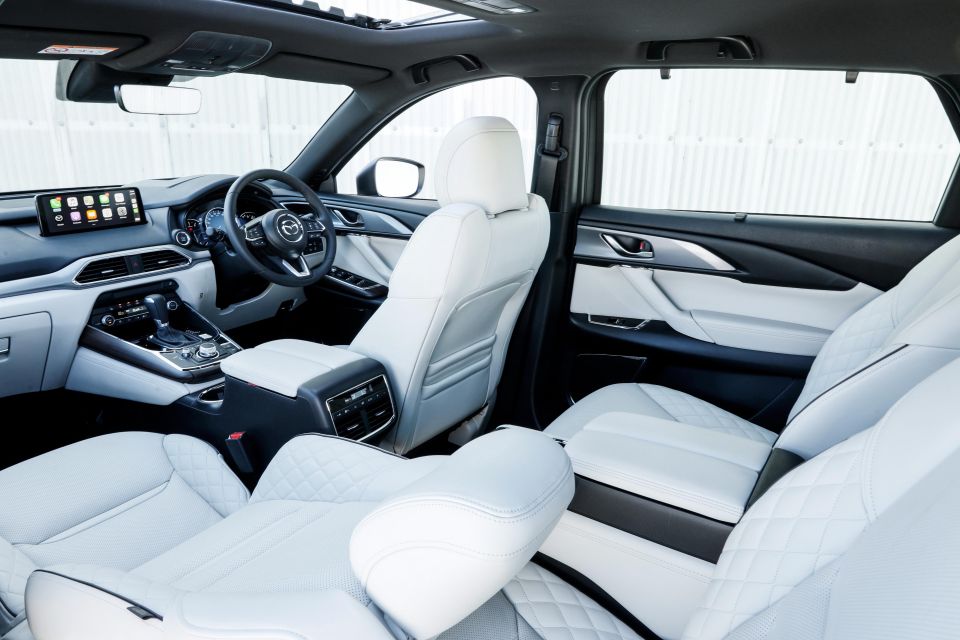
The company says the launch of ‘LE’ badged products such as the CX-9 with captain’s chairs and real wood trims were attempts to keep buyers with the brand as long as possible, before they move into an established premium marque.
“You only do that when you when you recognise there’s demand there as well,” contends Mazda Australia marketing director Alastair Doak.
“We’re satisfying customers, because at some point they jump off to elsewhere, because there’s nowhere else to go in the Mazda brand even though they would like to stay there.
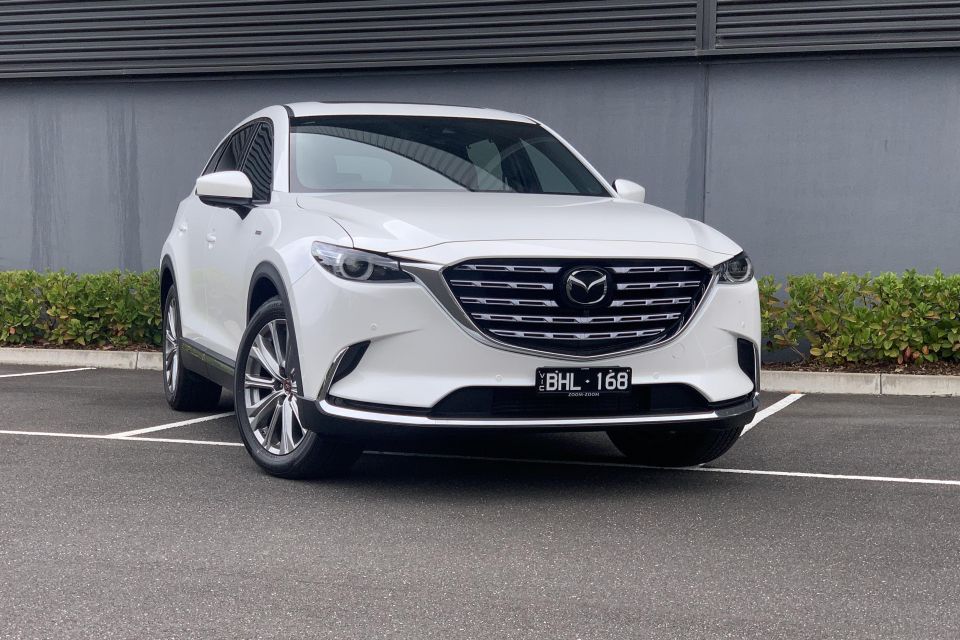
“That’s just a natural thing for brands, it’s not unique to us, but I guess because we have that success in Australia, there is quite a large number.”
Mazda’s larger vehicles from CX-5 and Mazda 6 upwards will, in next-generation and higher-grade forms, move to a new longitudinal layout with inline-six engines and rear-wheel drive.
The engine is expected to use ‘SkyActiv-X’ spark-guided compression ignition and a 48V electrical system to smooth the stop/start. There’ll also be a PHEV version.
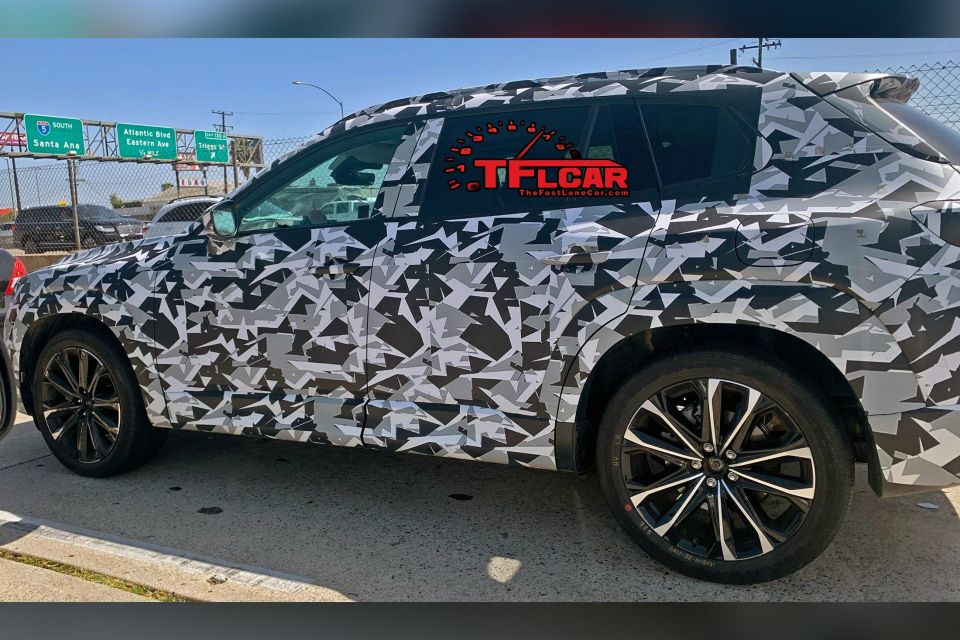
“If we can bring in these products with inline-six, rear-wheel drive, you know, all those nifty things that are going to be in these products, then hopefully these customers can keep going with the Mazda brand,” Mr Doak added.
While it’s moving to electrification (albeit slowly) with three EVs and five PHEVs promised by 2025 and a new bespoke EV platform by 2030, it’s also promising unusual tech such as a rotary-engine range-extender hybrid version of the quirky BMW i3-esque MX-30 crossover.
That isn’t a cheap path…
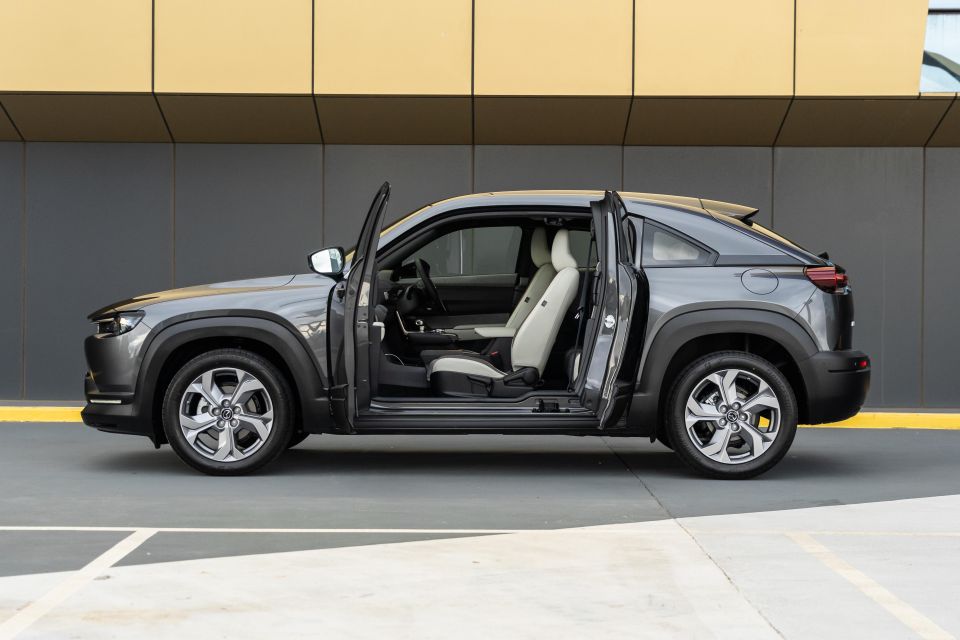
When asked just how far upmarket the brand could safely push upmarket before pricing itself beyond consideration, Mazda Australia managing director Vinesh Bhindi answered quite clearly.
“We still have to demonstrate value to the end consumer. And it’s not about only moving upmarket or [having] premium positioning. What we’re saying is, we still offer what we call the mainstream, and then also have extended products that are more towards the premium pricing,” he said.
“When you look at each of our products, current products, forget the rear-wheel drive and inline six, they cover a fairly extensive range. You do have your entry cars that we consider entry. But there’s always another car, that’s more entry than ours.
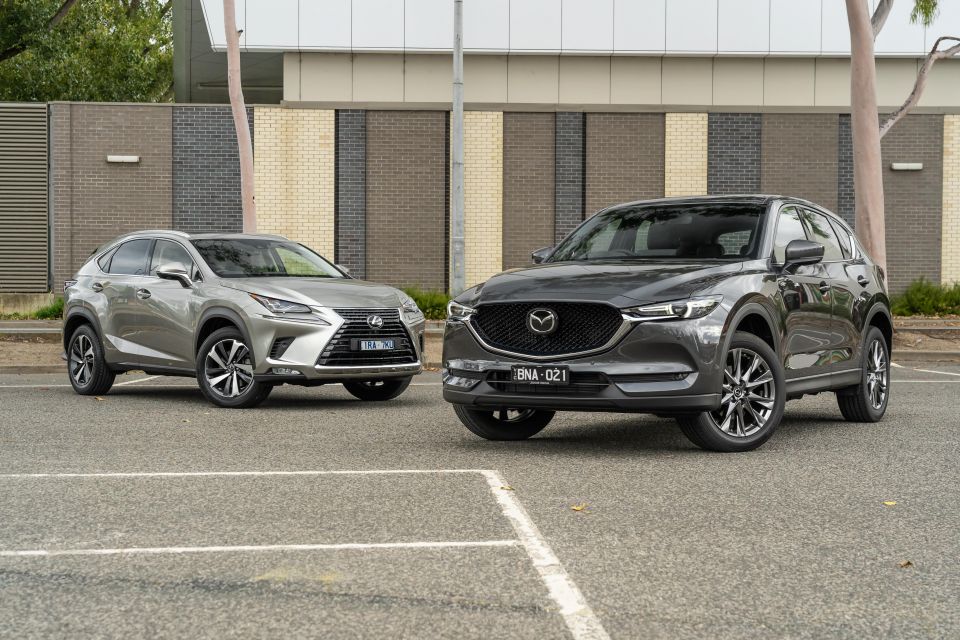
“When you look at our sales mix, in pretty much every car, the consumer says ‘I don’t want the entry one, talk to me about the mid and above’. So that’s where we are focusing on.
“What these new architecture products that we talked about a little bit, and Mazda corporation spoke about, [offer] is actually taking the journey even further.”
When asked directly if Mazda wanted to tackle Lexus and Genesis head-on, Bhindi answered: “Looking at those two brands and their business, it’s different. We still have to demonstrate value to the customer”, he said.
Where expert car reviews meet expert car buying – CarExpert gives you trusted advice, personalised service and real savings on your next new car.


Max Davies
8 Hours Ago


William Stopford
8 Hours Ago


Derek Fung
9 Hours Ago


Max Davies
16 Hours Ago


William Stopford
1 Day Ago


Ben Zachariah
1 Day Ago